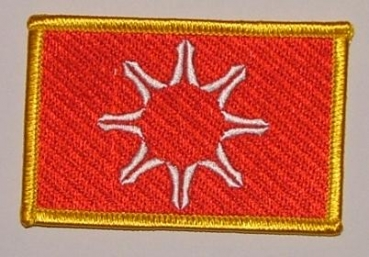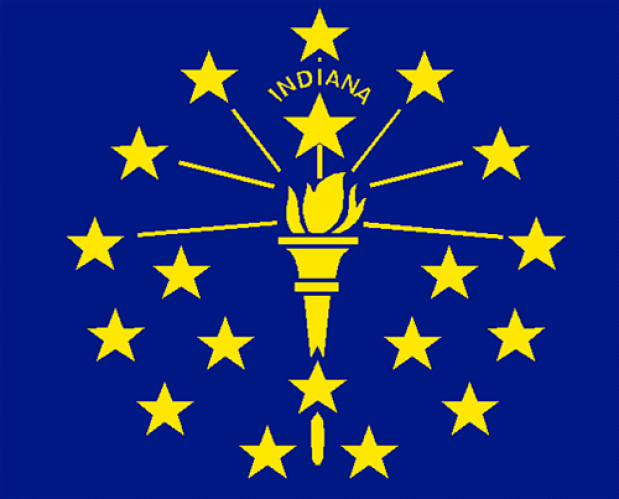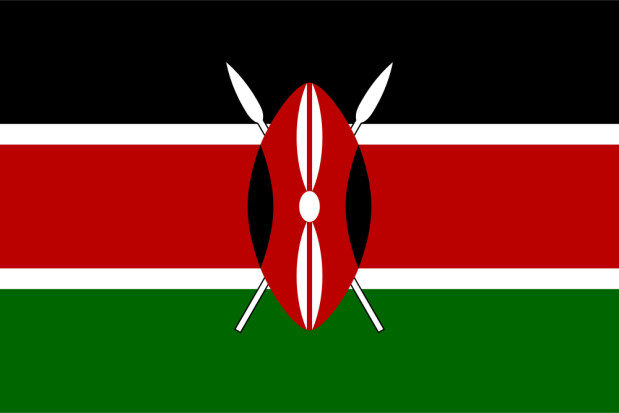Flag of India

Listen to anthem
Top sellers from our flag shop

USA Indianer End of Trail Flagge 90x150 cm
9,90 €
Show in shop
Oglala Sioux Indianer Aufnäher / Patch 8 x 5 cm
2,90 €
Show in shopBackground knowledge
The Indian national flag, colloquially known as the tricolor, is a horizontal rectangular tri-color flag of India's saffron, white, and India's green with the Ashoka Chakra, a wheel with 24 spokes, in navy blue in the center.
It was adopted in its present form at a meeting of the Constituent Assembly on July 22, 1947, and became the official flag of the Dominion of India on August 15, 1947. The flag was subsequently retained as the flag of the Republic of India. In India, the term "tricolor" almost always refers to the Indian national flag. The flag is based on the Swaraj flag, a flag of the Indian National Congress designed by Pingali Venkayya.
By law, the flag must be made of khadi, a special type of hand-spun fabric or silk popularized by Mahatma Gandhi. The manufacturing process and specifications for the flag are set by the Bureau of Indian Standards. The right to make the flag is held by the Khadi Development and Village Industries Commission, which awards it to regional groups. As of 2009, the Karnataka Khadi Gramodyoga Samyukta Sangha is the sole manufacturer of the flag.
Use of the flag is governed by the Flag Code of India and other laws relating to national emblems. The original code prohibited the use of the flag by private individuals except on national holidays such as Independence Day and Republic Day. In 2002, after hearing from a private citizen, Naveen Jindal, the Supreme Court of India directed the Indian government to amend the law to allow the use of the flag by private individuals. Subsequently, the Union Cabinet of India amended the law to allow limited use. In 2005, the Code was again amended to allow some additional uses, including adaptations to certain items of clothing. The Flag Code also governs the protocol for flying the flag and its use in conjunction with other national and non-national flags.
Three equal horizontal stripes (saffron/dark orange, white, green) with a blue chakra (24-spoked wheel) in the center of the flag.
Meaning
Saffron-orange sybolizes sacrifice and courage; white symbolizes truth and peace; green symbolizes faith and growth. The Dharma(Ashoka) chakra in the center reminds of life in motion and death in stagnation. The 24 spokes remind us of the 24 hours of the day. Other interpretations of the colors saffron-yellow and green in the flag exist.
Indian flag color codes
- HEX
- #FF9933
- RGB
- 255, 153, 51
- CMYK
- 0, 49, 96, 0
- RAL
- 1033
- Pantone
- 1495
- HEX
- #FFFFFF
- RGB
- 255, 255, 255
- CMYK
- 0, 0, 0, 0
- RAL
- 9010
- HEX
- #138808
- RGB
- 19, 136, 8
- CMYK
- 66, 0, 100, 9
- RAL
- 6037
- Pantone
- 362
- HEX
- #000080
- RGB
- 0, 0, 128
- CMYK
- 99, 98, 0, 35
- RAL
- 5002
- Pantone
- 2755
That's what ChatGPT knows about the flag of India
-
The National Flag of India, also called Tricolor, was adopted by the Constituent Assembly of India on July 22, 1947. The flag consists of three evenly vertically arranged stripes in the colors Saffron, White and Green. The Saffron stripe is symbolic of bravery and courage, the white stripe of purity and truthfulness, and the green stripe of fertility, growth and independence. In the center of the flag is a Blue Dharma Wheel, representing the spiritual values of the country.
-
The first national flag of India was introduced by the Indian National Congress on July 22, 1947. It consisted of an orange stripe, a white stripe and a green stripe arranged vertically. The flag was completed with a Dharma Chakra, a 24-spoke wheel, depicted in the center of the flag. In 1947, the flag was recognized as the official flag of India. Since then it has undergone several changes, although the Dharma Chakra and the colors have always remained the same. Today, the national flag of India is a symbol of national unity and national identity of the country.
-
The national flag of India is a horizontal tri-color stripe in Saffron, White and Green. The upper saffron stripe symbolizes the courage and strength of the Indian people. The white stripe in the middle represents the truthfulness, peace and purity of the country. The green stripe at the bottom represents fertility, growth and independence. In the center of the flag is the Dharma Chakra, a 24-spoke wheel representing the values of the Indian nation.
Discover something new
Random flags from our large flag database.








